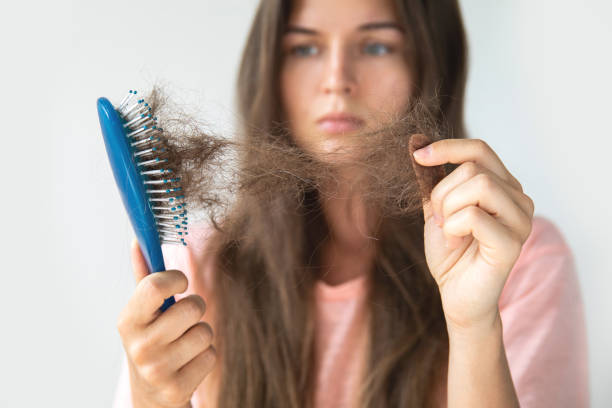Hair Fall: Unraveling the Strands of Concern
Introduction:
Hair fall is a common concern that affects individuals of all ages, genders, and ethnicities. The loss of hair can be distressing, impacting one's self-esteem and overall well-being. From hormonal imbalances to nutritional deficiencies, various factors contribute to this phenomenon. In this article, we will delve into the causes, prevention, and treatment options for hair fall, aiming to help individuals understand and address this issue effectively.Understanding Hair Fall:
Hair fall, also known as hair loss or alopecia, is a natural part of the hair growth cycle. On average, a person loses around 50 to 100 strands of hair each day. However, when hair loss exceeds this normal range, it becomes a cause for concern. It is crucial to differentiate between temporary shedding and chronic hair fall.Common Causes of Hair Fall:
Genetics: Family history plays a significant role in hair loss. Androgenetic alopecia, commonly referred to as male or female pattern baldness, is the most common hereditary cause of hair fall.
Hormonal Imbalance: Hormonal changes due to conditions like pregnancy, childbirth, menopause, or thyroid disorders can lead to hair fall. Elevated levels of dihydrotestosterone (DHT) in both men and women can contribute to hair thinning.
Nutritional Deficiencies: Inadequate intake of essential nutrients, such as iron, zinc, biotin, and vitamins A, C, D, and E, can weaken the hair follicles, resulting in hair fall.
Stress and Lifestyle Factors: High levels of stress, poor sleep patterns, excessive hairstyling or heat treatments, and the use of harsh hair products can contribute to hair fall.


Comments
Post a Comment